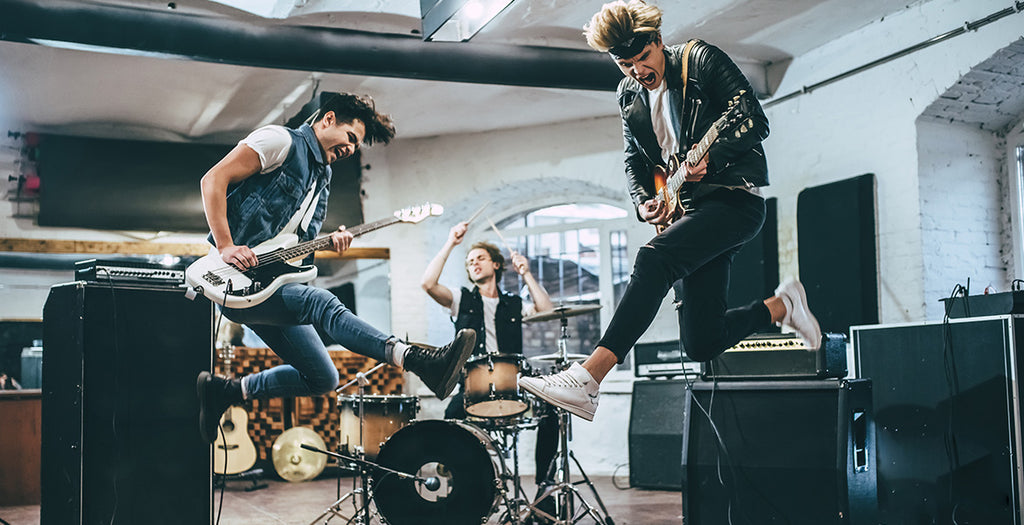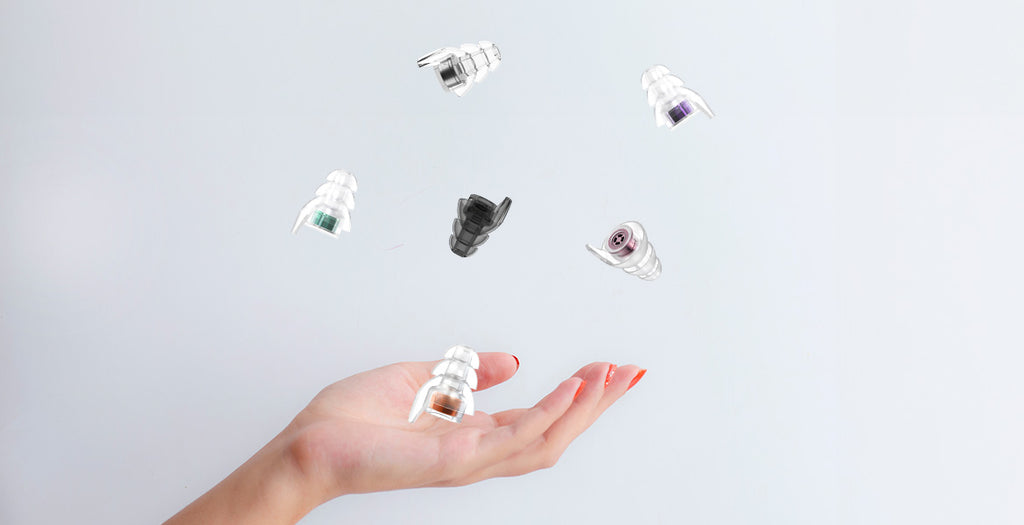In today's noisy world, hearing damage from loud environments often goes unnoticed until it's too late. Prolonged exposure to high decibels poses a real but overlooked threat to your irreplaceable sense of hearing.
Packing earplugs is essential, just like your phone and wallet. You may already use them at concerts or races, but ear protection belongs in many routine scenarios.
Keep reading to learn the everyday situations that call for ear defenders, from workplaces to commutes. You'll also discover how to pick the best ear gear for each setting. Safeguarding your hearing starts with awareness. Arm yourself with knowledge and ear protection for the common culprits before cumulative noise inflicts invisible injury.
Everyday Scenarios That Call For Ear Plugs

You may instinctively pop in earplugs at a rock concert or motorsport race. But even routine daily environments can produce dangerous noise levels that warrant protection. Here are some common situations where packing earplugs is a smart idea:
Workplaces With Chronic Loud Noise
Those working in noisy industry settings like construction, landscaping, manufacturing, or any facility with machinery should absolutely utilize hearing protection. OSHA requires employers to provide ear defense equipment if average noise levels top 85 decibels over an 8-hour work shift.
Come equipped with your own ear covers in these high-risk occupational environments to supplement any provided protection. Look for low-profile plugs that easily fit under hard hats and earmuff styles that securely block sound over long shifts.
Bustling Restaurants and Bars
The next time you have to nearly shout your drink order to the bartender over blaring music, take note. The high decibels in many lively restaurants, bars, and clubs can make short-term conversation challenging and long-term auditory damage likely.
Keep a pair of earplugs handy in your purse or pocket to selectively dampen overwhelming noise during evenings out. Disposable foam plugs help in a pinch, but musician's ear plugs allow you to still converse while lowering harmful volumes.
Noisy Urban Commuting
Daily commutes via subway, bus, or walking along hectic city streets can easily exceed safe decibel limits, especially during rush hour. The resulting wind, engine roar, and clamor subject your ears to ongoing trauma.
Carrying noise-reducing earplugs helps preserve your hearing when commuting. You'll avoid having to blast music to compete with the environment. Many public transit systems now hand out complimentary earplugs to mitigate hearing hazards for riders.
Power Tools and Machinery
It should come as no surprise that using equipment like leaf blowers, lawnmowers, snowblowers, or power washers poses major risks to hearing. But even passing car traffic produces enough noise to cause gradual damage over time.
Be diligent about wearing noise-blocking and quality earplugs when doing household chores involving machinery. It will prevent you from having to prematurely end your DIY work to escape the racket.
Other Situations
The general rule of thumb is if you constantly have to yell to carry on a conversation, the environment is too loud to be ear health-friendly. Noises above 85 decibels require protective measures.
Some other situations that may call for earplugs include air shows, sporting events, concerts, movie theaters, public swimming pools, amusement parks, and toddler birthday parties!
Those Who Need Ear Protection Most
While everyone is susceptible to noise-induced hearing damage, certain groups are especially vulnerable and require vigilant ear protection starting as early as possible:
Infants and Children
A child's developing auditory system is incredibly sensitive. Exposure to chronic loud environments can inflict immediate and long-term repercussions on hearing and language development in children.
Utilize over-the-ear defenders or noise-reducing headphones on babies and toddlers when traveling or attending loud functions. As children grow, teach them to carry their own kid-sized earplugs for use as needed. Protecting their ears early and consistently will help mitigate irreversible cumulative effects.
Individuals With Existing Hearing Impairment
People who already have compromised hearing face amplified risks. Sustained high decibel levels can rapidly accelerate damage to their remaining hearing abilities.
Wearing ear defenders helps prevent further decline in those with established hearing loss. It also reduces aggravating symptoms like tinnitus ringing when in noisy environments. The benefits continue throughout adulthood, so keep ear protection handy regardless of age if you deal with hearing deficiencies.
Picking the Best Ear Protectors for the Situation
The type of ear protection you choose should correlate with the sound conditions and setting. Here are some recommendations per situation:
Discreet Low-Profile Earplugs
Flesh-toned, low-profile earplugs that sit flush in the ear canal are ideal for wearing undetected beneath hats, helmets, headphones, and other headwear. They are great for workplaces that require hard hats like construction, landscaping, and manufacturing. Low-profile plugs also suit loud recreational settings like motorcycle riding.
Filtered Musician Earplugs

Specialty earplugs designed for musicians and concerts have sound filters that lower harmful volumes while preserving audio quality. This lets performers hear themselves and each other on stage while blocking damaging noise levels. Concert attendees also benefit from the enhanced yet safer listening experience.
Custom-Molded Earplugs
For the best fit and performance, get earplugs professionally customized to your ear canal contours. Audiologists make impressions to craft comfortable plugs that seal out hazardous sounds. This attenuates the broadest range of frequencies while allowing some situational awareness. They're a smart choice for frequent ear protector wearers.
Foam and Silicone Earplugs
The most readily available and budget-friendly option is foam or moldable silicone earplugs inserted directly into the ear canal. While not tailored to unique ear anatomy, they still block significant noise when properly inserted. Keep some silicone pairs as an affordable fallback ear protector option.
Noise-Canceling Headphones
Circumaural (over-the-ear) or supra-aural (on-ear) headphones with active noise cancellation technology help eliminate ambient noise across a range of frequencies. They are ideal for air travel, commuting, office settings, or anywhere loud surround noise is an issue. Models with Bluetooth let you listen to wireless music and calls.
The Bottom Line

Hearing damage accumulates gradually over years of unprotected exposure to boisterous environments and media. Safeguard your irreplaceable sense of hearing by making ear plugs and protective earmuffs a staple accessory wherever your daily life takes you. Keep a pair handy whenever sustained loud noise rears its ugly head.
Consistent ear protection habits, avoidance of excessive volumes in earbuds, and adherence to duration limits will help you actively defend your hearing health as you age. Don't wait until it's too late - start employing defensive ear-wear strategies immediately. Your future self will thank you for being proactive.












